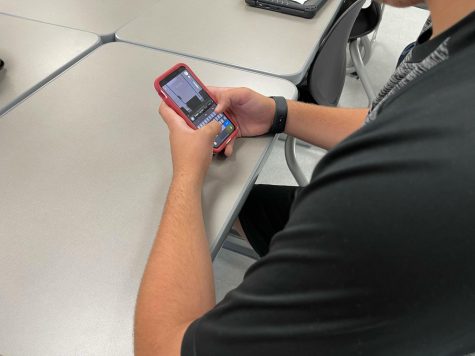Levy vs. Mahanoy Causes Concern Over the First Amendment
May 12, 2021

Social media has quickly become essential in today’s society. With many easily accessible platforms such as Instagram, Snapchat, Twitter, Facebook, and others, controversies will likely arise. Recently, the 1st Amendment, in particular freedom of speech, came into question with the case, Mahanoy vs Levy.
The case began after a photo of Pennsylvania student Brandi Levy surfaced of her and a friend flipping off the camera with a message involving profanities that expressed her anger towards school, softball, cheer, and everything. Distributed on the app Snapchat and then screenshotted and shared with teachers and coaches, the photo resulted in Levy being removed from the cheer team. Levy’s family filed a lawsuit against the school and won in district court and at the Third Circuit. The Supreme Court now faces a big decision surrounding freedom of speech when it comes to students and social media.
The first amendment states that everyone has the right to freedom of speech. However, this case brings said freedom into question. If we have the freedom to say what we want, then why was she removed from the team for expressing her opinion? What can we say now on social media if not that? What does freedom of speech really mean?
Many people take to social media to express themselves and their opinions on current events, trending news, and just to get their voice out there. However, if their freedom of speech may result in such action as being removed from work or in Levy’s case, her cheer team, is it really freedom of speech? This case is not the first of its kind that has brought student’s freedom of speech into question before. Previously, in 1969, the case Tinker vs Des Moines brought up the same idea of student’s freedom of speech. However, in this case, it was not about a social media post, it was about students protesting the Vietnam War. The students ended up winning the case and their freedom of speech was cemented with that victory. So if that’s the case back then, why is it a tough decision to make now?
Well, to answer that, it really should not be a tough choice for the Supreme Court. Freedom of speech should be allowed to anyone, anywhere, at any time. While there should be social taboos regarding what can be said by certain people at certain times, freedom of speech should be kept in place even on social media. The Supreme Court needs to make the right decision in this case and uphold our Constitution.